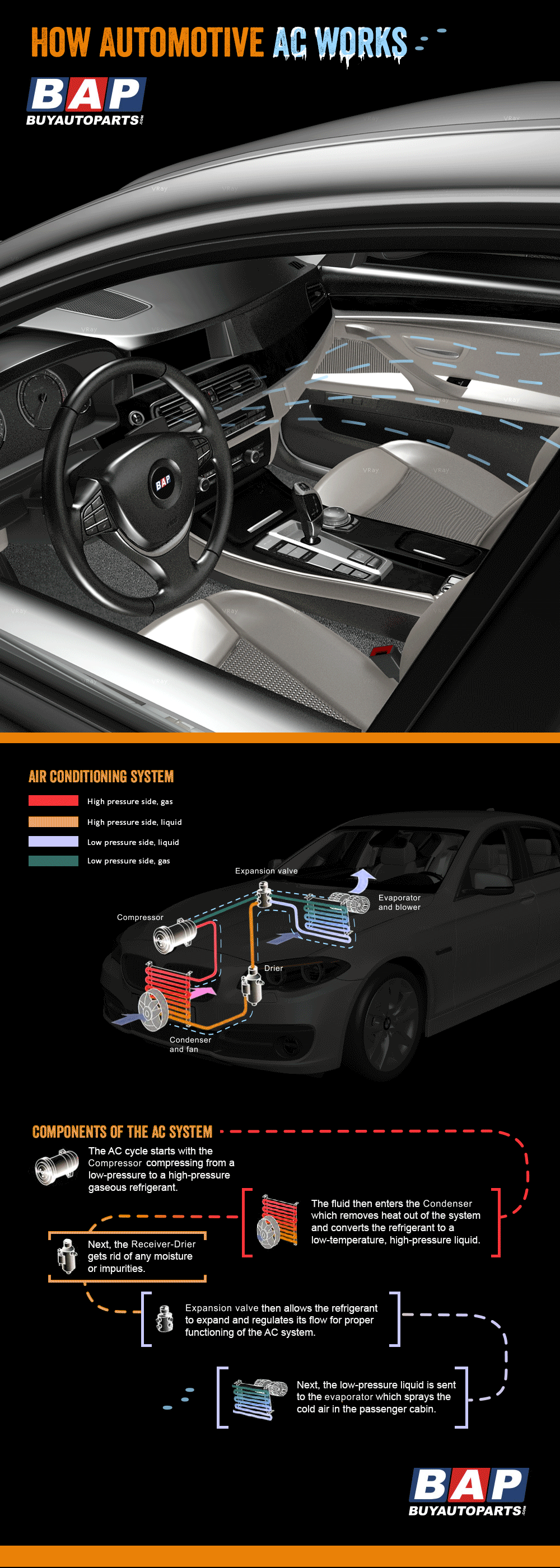
Interactive marketing is a one-to-one marketing practice that centers on individual customer and prospects’ actions. Interactive marketing involves marketing initiatives that are triggered by customers’ behaviors and preferences; for this reason, it is a major shift from traditional campaign-based marketing efforts. A customer-centric strategy, interactive marketing involves reacting to customer actions and striving to meet their expectations and demands.
In order for marketers to pull off successful interactive marketing efforts, they must have access to advanced technology that delivers complete, 360-degree views of customers.
What are the strategies and tools of interactive marketing campaigns?
Because the goal of interactive marketing is to foster multi-directional conversations in place of one way messages, broader strategies and more specific tools are critical to your interactive campaign.Interactive marketing strategies and tools
Interactive marketing strategies typically make at least partial use of the Internet and involve at least a two-way information exchange. Here is a basic list of some interactive marketing strategies and tools that help you turn a one-way, passive experience into an active, two-way exchange:- Using interactive marketing to get feedback. Sometimes consumers want to get some feedback based on their specific set of facts, so why not give them that opportunity? With an interactive assessment you can get critical information about your business clients and provide them with answers fast. If your business creates interactive marketing campaigns for clients, why not invite them to get assessed for your service? With your assessment answer the question, “How much would an interactive campaign help my business?” This whets their appetite for more and gives you a snapshot of their precise pain points. A follow up from an assessment is very customizable, making it more likely to lead to conversion.
- Creating calculators or tools. Similar to the assessment, a calculator gives your potential customer—who already knows how to use an actual calculator as well as various apps—to get results and answers to their queries. This is less detailed than an assessment, but can still show your business’s value by providing the user with an answer. This can show your business’s value by providing the user with an answer. How much life insurance is right for me? I can use a calculator to plug in my details and find out. And when I do, I give the company great follow up information. You can also allow them to share their results on social media.
- Contests, challenges, events and giveaways.
We all love winning something. Even if the “prize” is inconsequential
or limited to bragging rights, people love winning. Make sharing your
content a contest and watch it take off, or host an interactive online
event, rewarding people who “attend” and participate. These are also
very easy to plan and execute, and cost next to nothing.

A sweepstakes like this one Virgin America created is easy and can lead to a ton of engagement! The Ultimate Guide to Interactive Marketing - Using interactive funnels to channel a user into a goal. That’s because they ask questions of the user from the start, and take them on a specific journey as a response. This is one of the strongest interactive tools for honing in on a customer’s needs and wants. For example, when I was working with a large jewelry company we created a Facebook app that funneled users into creating a wishlist and giving us this email address. This one was a big hit.
- Interactive infographics.
Everyone loves infographics; they include the data and details of a
longer report but don’t take much time to read. They are also visually
appealing and you can create interactive, animated infographics (such as
the one we created for BuyAutoParts.com below) by including portions
that change or move depending on how the user participates. For example,
you can show the timeline of some phenomenon that is linked to your
business and offer the user the chance to click on specific time periods
for a result. These are way more fun than regular infographics and
again provide you with user information.

Animated infographics are visually appealing and engaging for viewers – The Ultimate Guide to Interactive Marketing
- Online quizzes that have a purpose. They’re fun, and they’re often funny and imminently shareable on social media. They’re also a wonderful lure to get people to your website or social media profile page. You can also use quizzes with more serious topics, helping users see their need for your product or service.
The Guardian’s Interactive Article on Gun Violence
Despite the hype awhile back about newspapers and magazines going out of business, they’ve managed to adapt to our new interactive world. The Guardian’s article on gun violence demonstrates how interactive maps and clickable elements drive traffic and customer participation.
The New York Times’ Interactive Article “You Draw It”
Even more than just swiping left or right and clicking, customers crave highly developed ways of interacting with their marketing content. In the New York Times “You Draw It” article, and many of their other interactive marketing examples, they adopt an approach that invites to the customer to directly interact by adding data or entering text.
Ion Interactive’s “Symphony of Connected Interactive Content Marketing”
These days, your content must not only be interactive but also omnichannel. Ion Interactive dove into this dichotomy with their lesson on connective interactive marketing that spans across channels.
BBC’s Slidable Maps in an Article on the Middle East
Much like the interactive marketing examples from MarketWatch early, The BBC has repurposed a common touch screen interaction for their content. The slidable maps in this article on the Middle East use the same muscle memory as opening our smart phones or deleting our emails, giving us the motivation to interact.
Yorumlar
Yorum Gönder